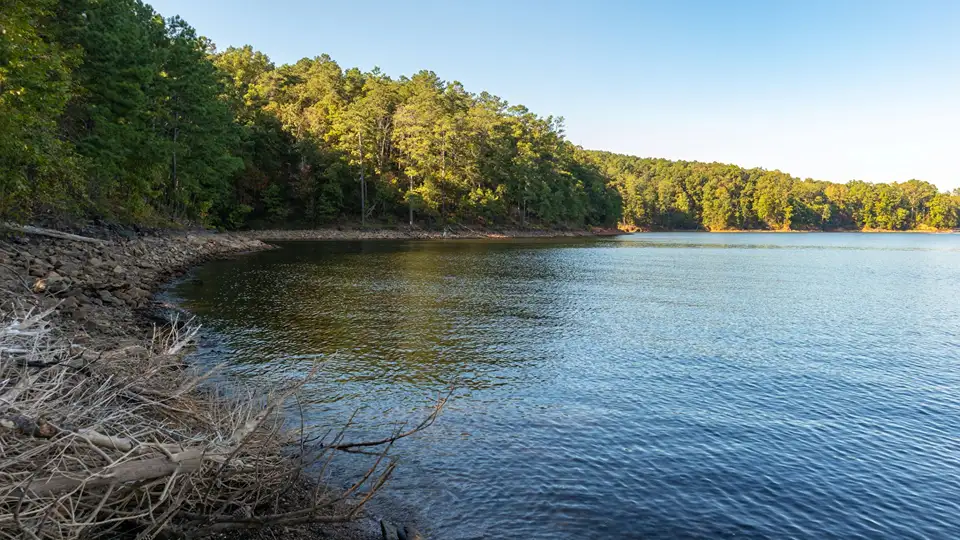Introduction
The Lake Altoona dredging program, planned to restore safe navigation and improve water flow, has been officially pushed back by another year. The Lake Altoona Rehab & Protection District confirmed the setback after Eau Claire County declined to allocate the necessary funding for the upcoming project.
Reason for the Delay
County-level budget changes were the primary cause of this dredging delay. According to Michele Skinner, chair of the Lake Altoona Board, Eau Claire County did not approve the funding request submitted for the upcoming dredging cycle. This decision forces the district to re-evaluate timelines and secure new financial options before the work can move forward.
Previous Timeline vs. Current Timeline
Originally, the Lake Altoona dredging project was scheduled to begin in December 2026 and run through February 2027. Due to the funding setback, the new timeline shifts the work by at least one year. Because dredging is typically performed during winter low-activity months, this change compresses the planning schedule and introduces new logistical considerations.
Why Dredging Is Needed at Lake Altoona
Sand buildup at the bottom of the lake has been steadily increasing, restricting water flow and affecting boating access. The Lake Altoona dredging program aims to remove the accumulated sand before it causes more serious navigational challenges. The last major dredging at Lake Altoona occurred nearly a decade ago, making the upcoming cycle even more critical to long-term lake health.
Impact of the Delay
The current dredging delay may lead to worsening sand accumulation, reduced water movement, and higher risks for boaters. Prolonging the project could also lead to increased restoration costs in the future. Local users and stakeholders are concerned that pushing the project back will make recovery efforts more difficult and more expensive over time.
Next Steps for the Lake Altoona Rehab & Protection District
The district now plans to explore alternative funding sources and may resubmit a revised request to Eau Claire County. Strategic planning for the next Lake Altoona dredging cycle will continue, with an emphasis on protecting navigation routes and ensuring the lake remains safe for recreational use.
Conclusion
Though the Lake Altoona dredging program faces another setback, it remains an essential project for the community. Maintaining water flow, protecting navigation, and managing long-term sediment buildup will require renewed focus and funding support to ensure that the lake remains healthy and accessible.
